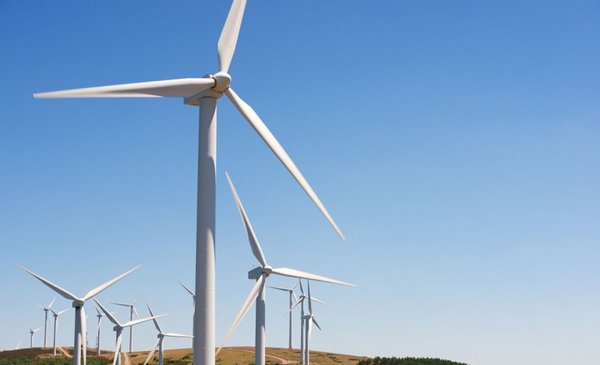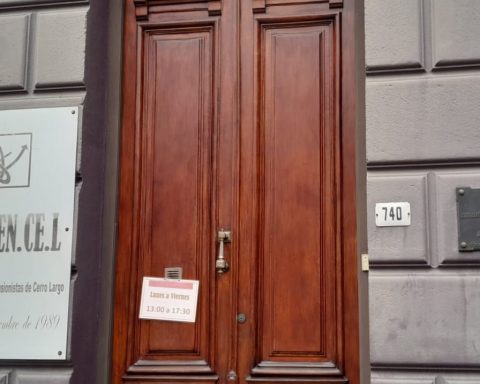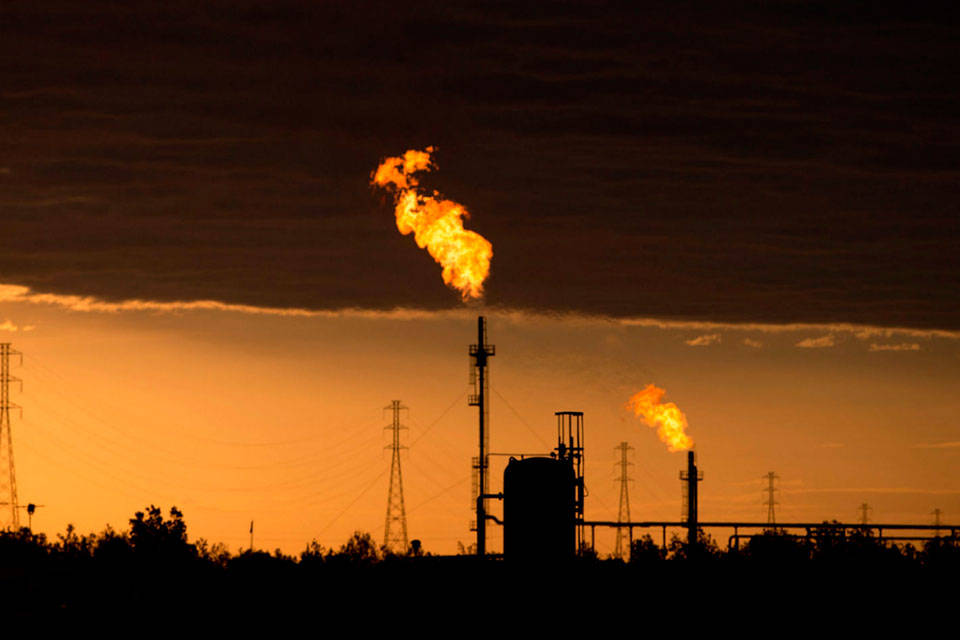In line with projections, energy sales to the region returned to normal levels last year, and they were slightly less than half compared to exceptional sales than in 2021and hand in hand with Brazil, pushed this item to around US$ 550 million.
The numbers of UTE show that at the end of 2022 they were placed 1,416 gigawatt hours (GWh), and the vast majority (94%) destined for Argentina. This trend, which had already begun to emerge in January, was later consolidated between June and August when the strongest demand was registered during the winter, according to data processed by The Observer.
Last week in dialogue with the Presidency portal, the president of UTE, Silvia Emaldi, pointed out that there were sales for around $222 million.
These revenues were above the goal that the company had established in its financial program for this item, and which had been set at about US$ 130 million within a conservative projection, since there are no firm marketing contracts.
The income allowed to increase investments in the electricity distribution network (around US$115 million expected in 2023)and that the electricity rate be adjusted 3.5% average this yearbelow projected inflation (6.7%), according to Emaldi.
What prospects does the business have for this year? For 2023 and in principle, a lower volume of Uruguayan energy exports is projected, as a consequence of the scarce rainfall that is expected for the first months of the year. “Much will depend on the rain situation in the country, which according to experts in the field is estimated that in the month of April they will begin to have a volume within normal figures,” said Emaldi.
For much of last year, the sale price was US$ 80 MWh, the minimum price at which surpluses (wind, solar or water) were sold. The other two prices managed were in the range of US$ 125 MWh when it was energy from what is technically known as block 2 (reserved water) and US$ 290 MWh when it is energy from a thermal source, it had reported. The Observer. This last option was used occasionally when the neighboring country declared an energy emergency.
Likewise, the strong volatility of international prices after the start of the war between Russia and Ukraine had led UTE to decide last March and for a few months to limit its exportable supply solely to surplus renewables (mainly wind). In other words, diesel thermal power plants were not used for this purpose and priority was given to starting them solely to cover the needs of the domestic market.
And unlike 2021 when the drought in Brazil triggered demand from the northern country, last year it had a few operations towards that market that were concentrated in January and July. Also in the middle of last year, the particularity occurred that Uruguay received electricity in transit from Brazil and that its destination was to supply the needs of the Argentine market. The operation was carried out through the Melo converter and Uruguay received a toll of US$28 for each megawatt hour.

















